Review of centrifuges for spinning clothes
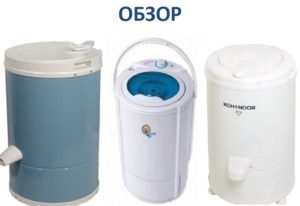 A centrifuge for spinning clothes is a device well known to Russian housewives, which previously often came in addition to semi-automatic washing machines. In any case, for those models of machines that did not have squeezing devices. With the advent of automatic washing machines, they somehow forgot about centrifuges, because any such machine is quite capable of performing high-quality spinning of laundry.
A centrifuge for spinning clothes is a device well known to Russian housewives, which previously often came in addition to semi-automatic washing machines. In any case, for those models of machines that did not have squeezing devices. With the advent of automatic washing machines, they somehow forgot about centrifuges, because any such machine is quite capable of performing high-quality spinning of laundry.
However, there is a fairly large group of people who, for one reason or another, are dissatisfied with the spin produced by the automatic washing machine. They are the main fans of centrifuges. Add to them the owners of semi-automatic washing machines, and you will get a potential audience that will be interested in this publication.
What to look for when choosing?
When choosing household centrifuges for spinning clothes, people take 2 main criteria as a basis: price and quality. They ask sellers for a cheaper device that won’t break. In our opinion, this is an absurd and one-sided approach, which in no case will allow you to make the right choice.
Firstly, truly high-quality equipment cannot be too cheap, and secondly, high-quality assembly is by no means the decisive factor that will allow you to appreciate this squeezing device. So, what do you really need to look for when choosing a good centrifuge?
- Capacity. The larger the load of a centrifuge, the more valuable it is, since this means that it can spin large items, be it curtains or even outerwear. The more capacious the centrifuge, the more laundry it can spin out in one go and the less time you will have to spend on caring for your laundry.
- Rotational speed. The average rotation speed of a modern centrifuge drum is about 2000 revolutions or more. The higher the speed, the better the spin.
Important! High spin speeds can cause damage to items.
- Sustainability. You can check this indicator only by performing a test run of the centrifuge on a special stand in the store. This is actually very important. If the centrifuge during operation resembles a battering ram gun, it’s worthless!
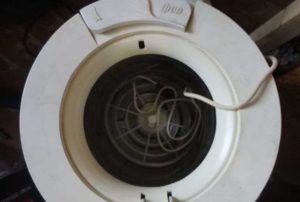
- Energy consumption. Such devices usually consume a decent amount of electricity, but also do not last long. Most often, centrifuges have a power of about 350 W, so you won’t have to complain about significant energy costs.
- Dimensions. If you plan to put the centrifuge away in a closet or some other pre-designated place, it would be a good idea to pay attention to the size of its housing. This will further eliminate the difficulties of placing the device in the house.
- Drum and body material. Even without being an expert, you can understand what material the drum and the body of the device are made of. It is desirable that the case is also made of metal, but if the case is made of plastic, you need to look at how high quality this plastic is (carry out a thorough inspection of the case and press it with your finger).
- Location and quality of sealing rubber bands. Sealing rubber bands must be installed properly and adjusted correctly. If they are crooked or fall out altogether, it is better not to buy such a device.
- Drain location and configuration.The drain must be located at a sufficient height relative to the floor level, in addition, the “spout” must be of sufficient length so that the liquid can easily drain into the container provided, and not flow, even partially, onto the floor.
Centrifuges with a dismantled spout are of particular value, since this structural element often interferes with the placement of the device for temporary storage in the pantry.
Rating of similar devices
When compiling the rating of household centrifuges, we sincerely hoped that the leading places in it would go to domestic brands. Who doesn’t remember the old Soviet centrifuges that could be found in every second house, and now they are safely lying around in garages, waiting to go to a landfill. However, after studying the market and consumer reviews, we came to the conclusion that our expectations would be disappointed. As a result, we selected the five best centrifuge samples and distributed them into positions based on a number of indicators. This is what we got.
- KOH-I-NOOR VISION C-352. We put this Argentinean centrifuge in first place in our rating for three reasons. Firstly, the build quality and materials of this device are at the highest level, plus the capacity of 5 kg of laundry. Secondly, this centrifuge spins laundry better than any of its existing analogues (even industrial ones), since the residual moisture content of the laundry after its use reaches 22%. Thirdly, KOH-I-NOOR VISION C-352 is very economical, works quickly, and most importantly, does not rattle like crazy. Price: 220 dollars.
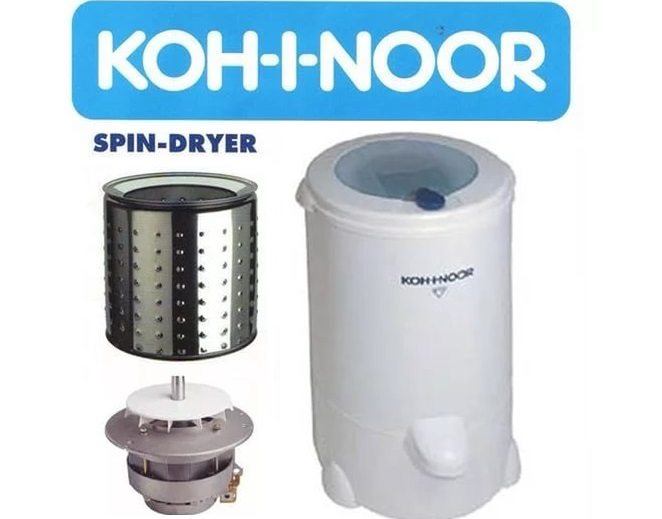
- Thomas 776 SEL. It was awarded second place because its capacity is 4.5 kg, and the spin quality is much lower - the declared residual humidity is about 40%, although during testing the figure was 36%. The build quality is excellent, and the cost is slightly lower - about $160.
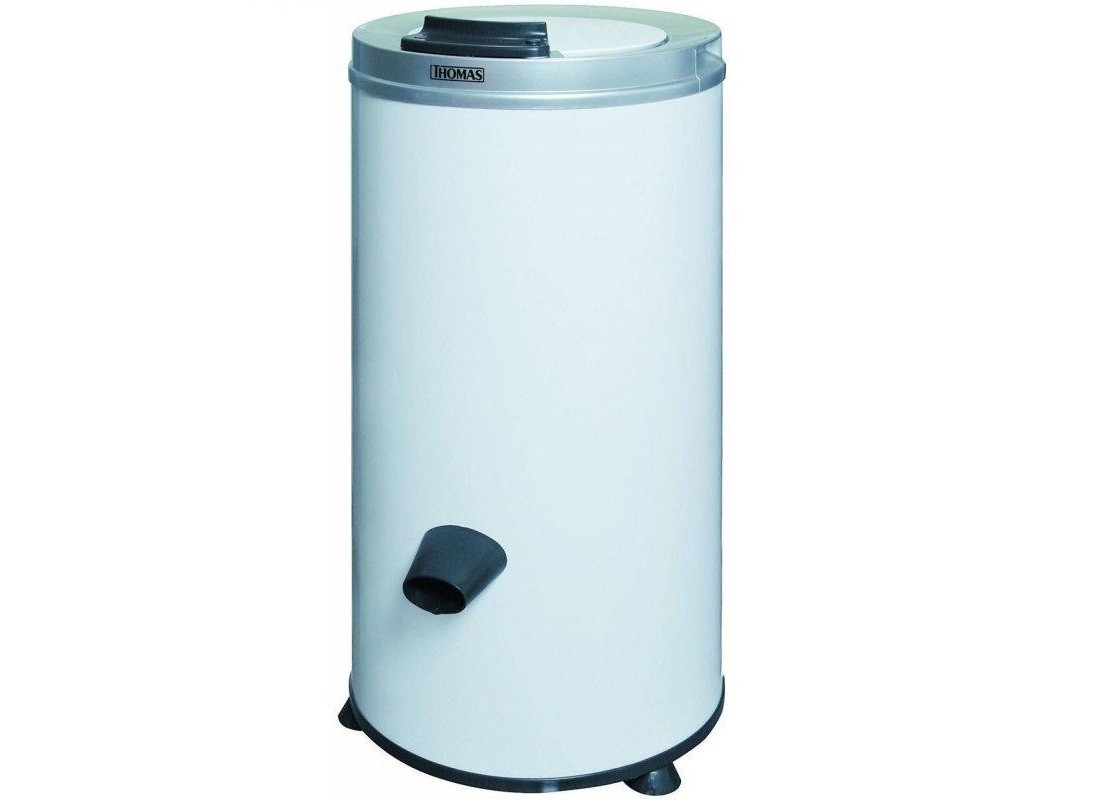
- AEG SV The third position is occupied by a centrifuge of a well-known German brand. Although its technical characteristics are relatively modest, its unsurpassed quality more than offsets this. Capacity – 4 kg, spin speed 2800 rpm, residual humidity of items 40%. The average cost as of March 2017 is $230.
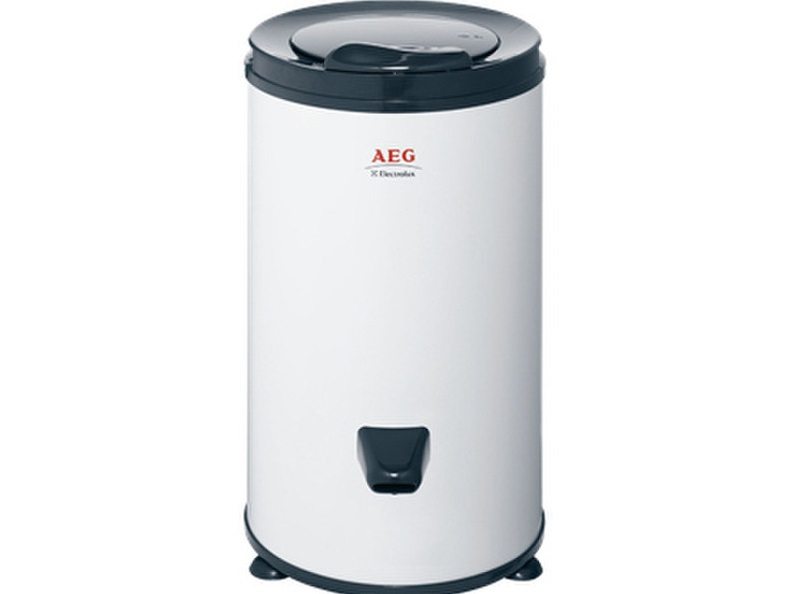
- Nevka 7. Centrifuge with rinsing function from a domestic manufacturer. The rather low quality of assembly and materials (frequent repairs will be required) is compensated by the large load - about 6 kg, low weight and ease of use and carrying. In addition, Nevka 7 consumes little energy and is quite inexpensive - $95. The quality of the spin is not bad - the residual humidity is about 45%.

- Rada Ts35. Our rating is completed by a Russian-made centrifuge with a drum capacity of 3.5 kg. The quality of parts and assembly is quite satisfactory, but the residual moisture content of the laundry is about 70%, which is equal to the values produced by Soviet centrifuges. This device is very inexpensive - $56.
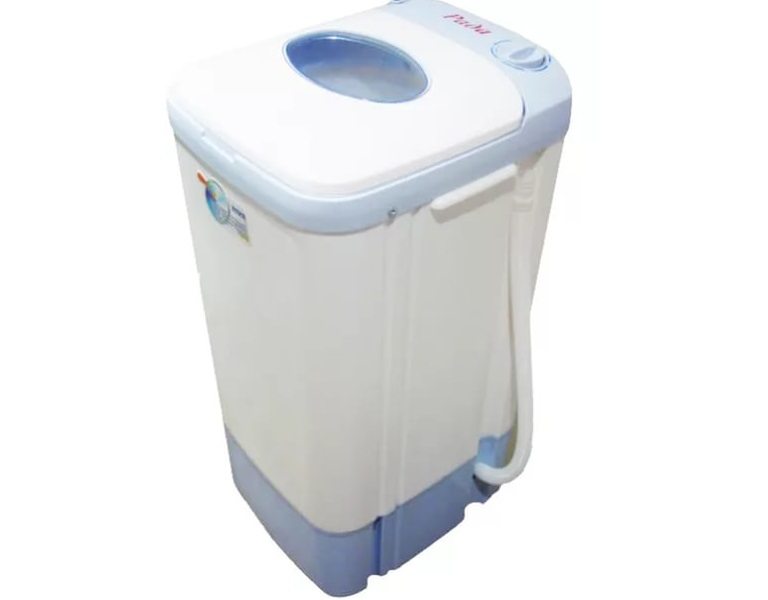
Of course, it would be possible to expand the rating somewhat by adding a couple of additional models to it. But there is no point in this, since the remaining centrifuges are essentially complete analogues of the above.
How to use?
Any of the household centrifuges is very, very simple. The round or square body hides a vertical drum into which the laundry is placed. The drum rotates at high speed, creating a centrifugal force, under the influence of which droplets of water contained in the fibers of the laundry fly out and flow down the walls of the drum.Water does not accumulate inside the centrifuge, but flows out immediately, through a special groove, into a container pre-installed next to the device body.
The centrifuge should be used as follows. Open the top cover of the device and remove the protective cap. Fill the drum tightly with laundry.
If you put a small amount of laundry into the centrifuge, the centrifugal force will begin to swing the device from side to side, risking it toppling over.
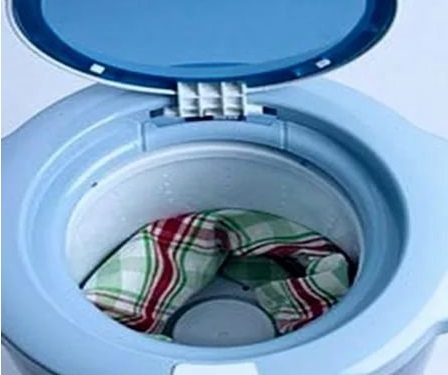 Next, we install a protective plug, close the hatch, place a container under the “spout” where the water will drain, and plug the device into the network. After this, using a mechanical timer, we set the spin time and the centrifuge starts. On some models, the start toggle switch is installed separately, in this case it needs to be turned. After the spin cycle is complete, turn off the device, take out the laundry and hang it out to dry.
Next, we install a protective plug, close the hatch, place a container under the “spout” where the water will drain, and plug the device into the network. After this, using a mechanical timer, we set the spin time and the centrifuge starts. On some models, the start toggle switch is installed separately, in this case it needs to be turned. After the spin cycle is complete, turn off the device, take out the laundry and hang it out to dry.
During operation, even a good centrifuge vibrates a lot. To extinguish this vibration, at least partially, you can use anti-vibration mats for washing machine. For our purposes, these devices are ideal.
In conclusion, we note that although centrifuges are not currently in such demand as they were 30 years ago, interest in them has not completely faded away. There are many reasons for this, but as they say, if there is demand, there will be supply. We hope you have answered the question of which centrifuge is better. Happy shopping!
Interesting:
5 reader comments
Add a comment Cancel reply
Categories
Washing machine repair


For buyers

For users

Dishwasher



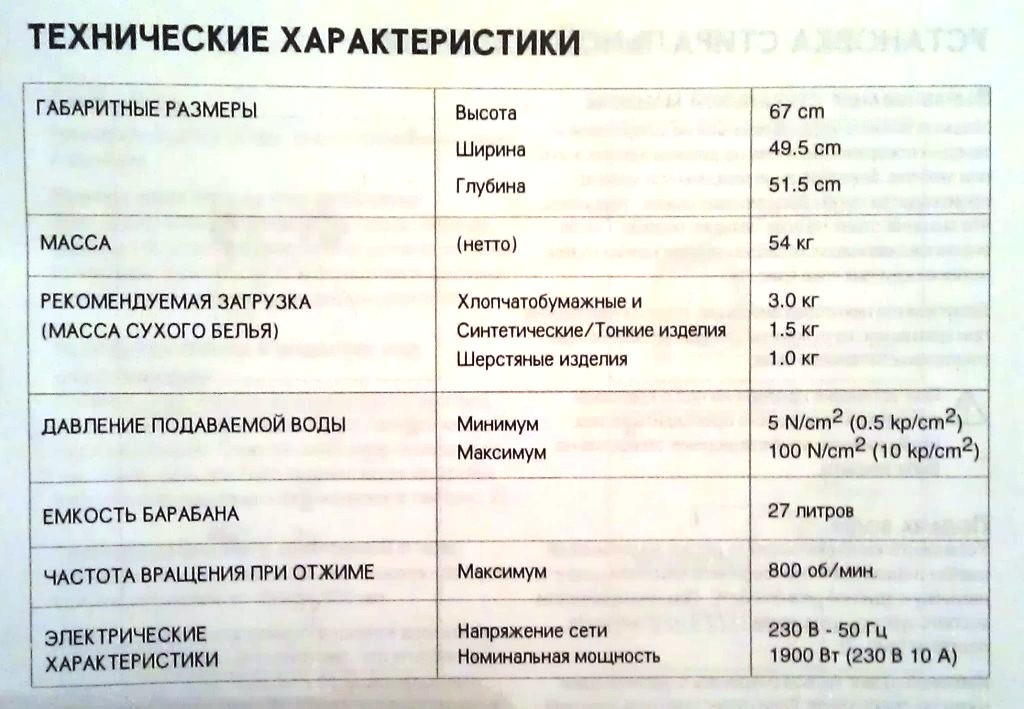

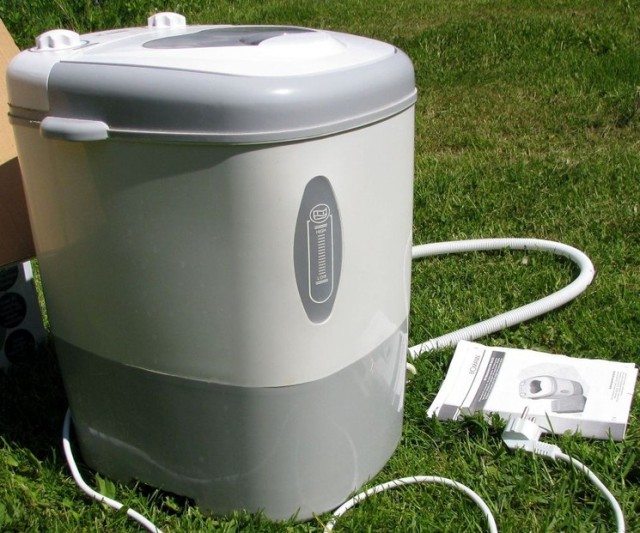
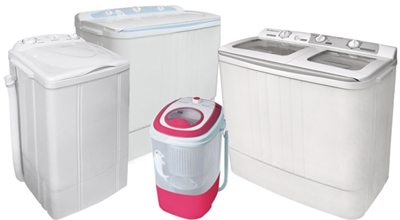










Of course, not even a modern washing machine will give the same result as a centrifuge. Be it front or vertical loading. A necessary thing in everyday life. The main thing is it saves time!
The first centrifuge we had was Cent, not counting the Siberia combined in a washing machine, the most successful model. It did not require careful laying of the laundry, it did one spin at a time, and worked for 23 years. They don't do things like that now. The current ones with plastic cases and built-in shock absorbers are not at all the same; the laundry is laid out a little unevenly and its drum dangles in the case with a roar. We had a Fairy like this, the engine worked, but water ran from all sides, it was dangerous to use.
There is a Fairy, he took it from his parents. So apparently the output is skewed. So it hits the body. I don’t know what to do anymore.
The main thing is to evenly place the wet items in the drum. Then it will work quietly and without vibration.
The little fairy works fine. True, I had to disassemble it right away and modify some things - the brake cable, the sealing of the pipe. If you do not place a plastic grid on top of the laundry, it will be better distributed and will not hit. Now we will look for something larger in size.